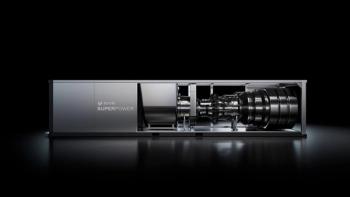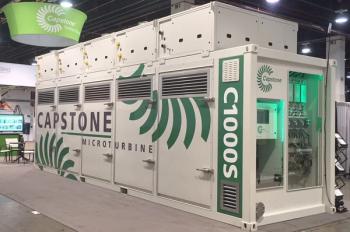
Why failure analysis should be like a crime scene investigation
Blast cleaned steam turbine blade which removed all identifiable features[/caption]
A failure analysis should be treated as a crime scene investigation. It is crucial that failed components and other physical evidence are gathered for analysis as soon as possible.
The longer the time between failure and investigation the chance for contamination or damage of the components Increases.
This article contains excerpts from the paper, "Metallurgical failure analysis of steam turbine, compressor and hot gas expander components", by David Dowson, Service Engineer (Materials & Repairs), Elliott Group at the 2018 Asia Turbomachinery Symposium.
Failed components should be stored in a clean and dry location. The broken sections should not be fitted back together as this can damage the fracture surfaces. Cleaning Processes of any kind should be avoided as this removes vital Evidence to the investigation.
Photographs should be taken of the component following failure as soon as possible. In the digital age photographs are inexpensive so more is better. Vital information or evidence
maybe contained in an early post failure photo. This is especially helpful to the metallurgist since they usually do not Get to visit the site early post failure. Fractured components
should be safely packaged and sent to a metallurgical lab for analysis.
Additional evidence such as deposits and components that have not fractured should be collected for analysis as well.
Outside the scope of the metallurgist but vital to a failure investigation is a review of operating history.
A qualified engineer should review provided data to determine that a unit is running at the recommended design conditions. Operating
outside of design conditions can result in stresses and environmental conditions that could facilitate a failure.
This type of analysis is heavily dependent on the thoroughness of the operational data provided.
The following are the various steps in failure analysis.
1. Collection of background data and selection of samples
2. Preliminary examination of failed part (visual examination
and record keeping)
3. Nondestructive testing
4. Mechanical testing (including hardness and toughness
testing)
5. Selection, identification, preservation and/or cleaning of all
specimens
6. Macroscopic examination and analysis (fracture surfaces,
secondary cracks and other surface phenomena)
7. Microscopic examination and analysis
8. Selection and preparation of metallographic sections
9. Examination and analysis of metallographic sections
10. Determination of failure mechanism
11. Chemical analyses (bulk, local, surface corrosion products,
deposits or coatings and microprobe analysis)
12. Analysis of fracture mechanics
13. Testing under simulated service conditions (special tests)
14. Analysis of all evidence leading to formulation of
conclusions and writing the report (including
recommendations).
Newsletter
Power your knowledge with the latest in turbine technology, engineering advances, and energy solutions—subscribe to Turbomachinery International today.





